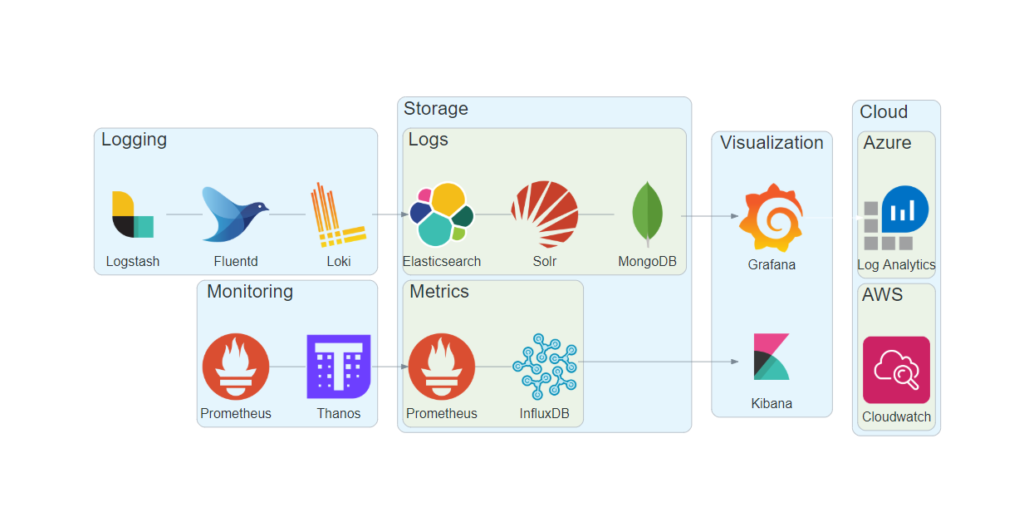Rayis Imayev compares two methods of transforming a JSON-structured data set into a CSV:
There is a well known and broadly advertised message from Microsoft that Azure Data Factory (ADF) is a code-free environment to help you to create your data integration solutions – https://azure.microsoft.com/en-us/resources/videos/microsoft-azure-data-factory-code-free-cloud-data-integration-at-scale/. I agree and support this approach of using drag and drop visual UI to build and automate data pipelines without writing code. However, I’m also interested to try if I can recreate certain ADF operations by writing code, just out of my curiosity.
Rayis includes a link to the Azure Data Factory step-by-step demonstration and then kicks it up a notch with Databricks. Read on to see how the two compare.
Comments closed